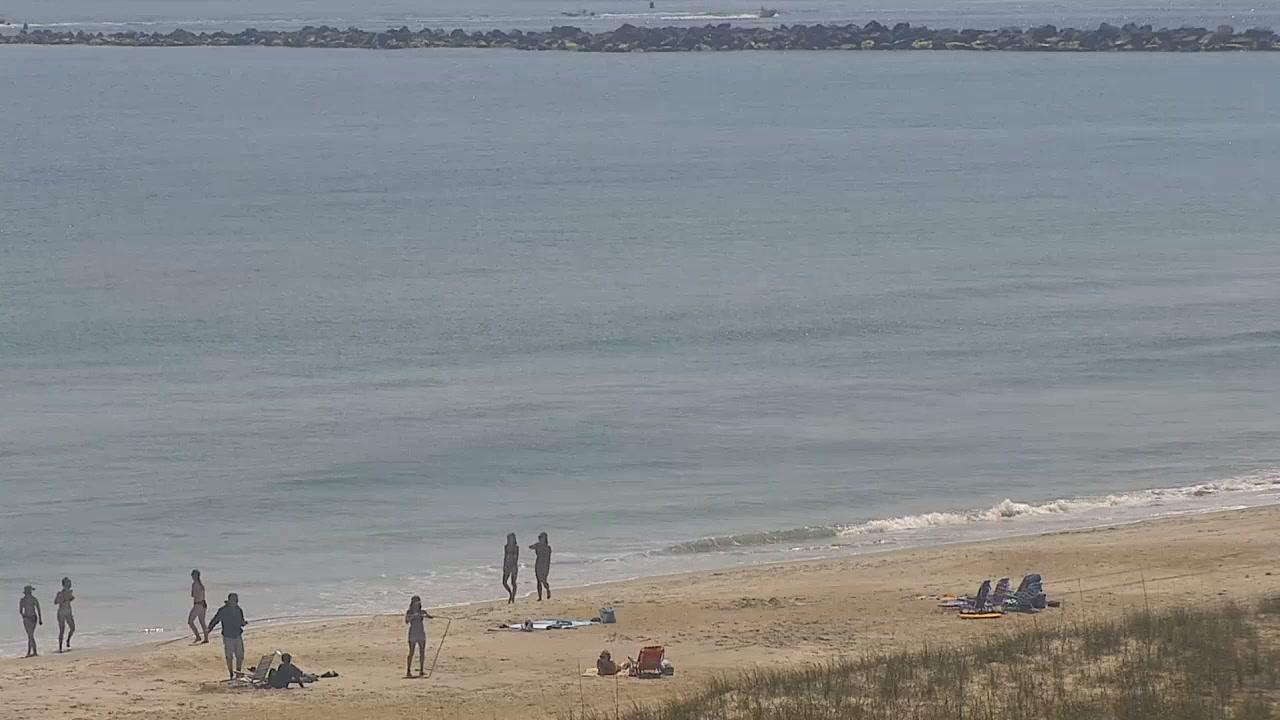

Both cities have scrapped their programs. Murrieta reported a 325 percent increase in rear-end collisions after red-light cameras were installed, according to the state Legislature. Some city council members and city traffic engineers interviewed said photo enforcement is causing more rear-end accidents because people are scared when they see a yellow light at a camera-controlled intersection and slam on their brakes.Īt one intersection in Los Angeles, Beeber said statistics showed an 80 percent increase in rear-end collisions. “The trend has begun to reverse itself.”ĭeclining revenues, a nonsupportive court system and increases in the number of accidents instead of decreases, are the major reasons why cities have pulled the plug on red-light cameras in the past two years.

“The overall number of red-light camera locations have dropped,” Beeber said. In California, 60 cities and counties have ended red-light camera programs, more than the number currently using the cameras - about 51, said Jay Beeber, a researcher writing the report on red-light cameras for the libertarian-leaning think tank, who is also executive director of the group Safer Streets LA and a member of a subcommittee of the California Traffic Control Devices Committee, authorized by Caltrans to study reforms. Yet many smaller cities are hanging on to the programs to keep the revenues they raise.Īccording to a not-yet-released report on red-light cameras from the Reason Foundation, the number of communities with red-light cameras in the United States has dropped from about 700 in 2011 to 500 at the end of 2013. These temporary measures will remain in place for approximately 6 months so staff can monitor and assess any changes in speed data as well as receive comments from the neighborhood and the rest of the Imperial Beach community.Red-light cameras - controversial traffic enforcement devices that can ding an unsuspecting motorist for $500 a pop for minor infractions like illegally turning right on red - are slowly fading to black.įor the first time since they were introduced in the 1980s, statistics show a large drop in the number of cities and counties using the photo enforcement systems.

These data-driven measures have been installed in response to reports of excessive speed in the neighborhood, which was confirmed by the City’s radar equipment. These improvements have been installed per the City’s approved Neighborhood Traffic Management Program, which provides a community-driven set of procedures and tools for addressing traffic safety issues in residential neighborhoods.

What calming measures you ask? Well, the measures we are installing include a total of 5 speed humps and two traffic circles on Donax and Elm between 7 th Street and 9 th Street.
#Imperial beach ca traffic cams series#
Well when our residents tell us they don’t feel safe, we do everything we can to change that, so our street division has been installing a series of temporary traffic calming measures. We have received feedback from our community of some areas that need a little traffic “calming” to improve the safety in residential areas. While driving around the community, you may have seen some additions to our streets.


 0 kommentar(er)
0 kommentar(er)
